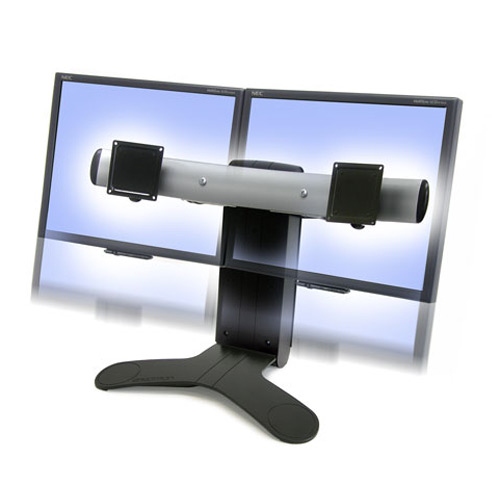| This page displays an up-to-date listing of what's new in the computer industry for products and services including updates and fixes that can help all users. |
Latest Updates
Latest News
Back to Top |
|
Back to Top |
|
Back to Top |
|
|
Back to Top |
Back to Top |
